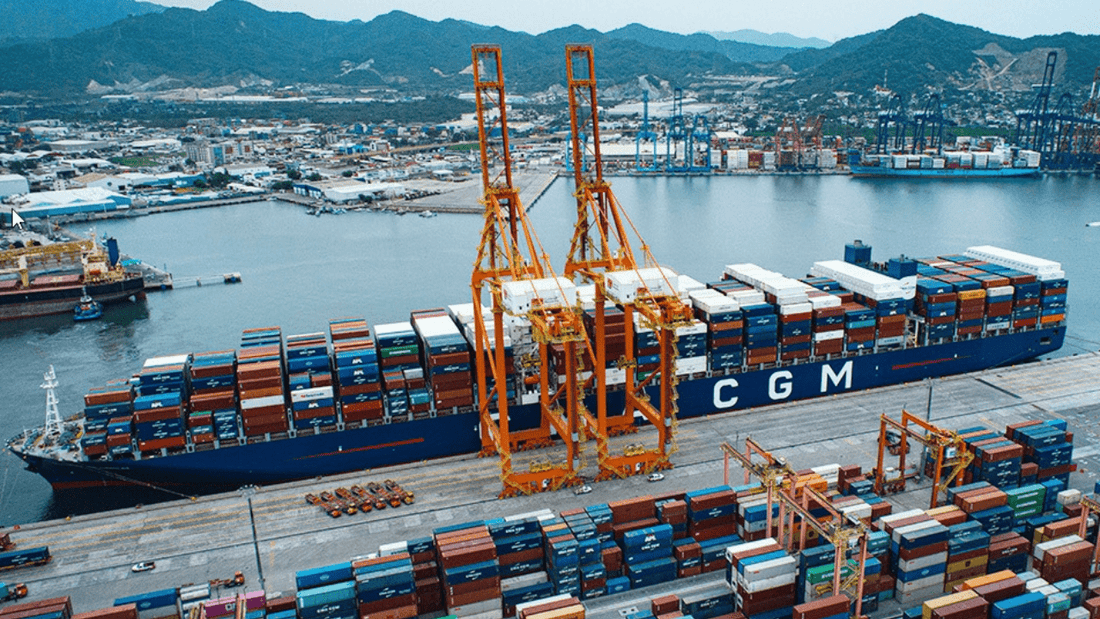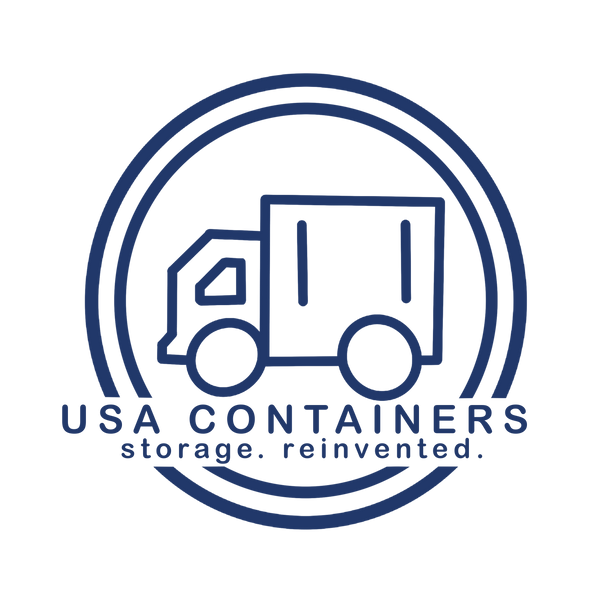
New Shipping Routes from Asia to Mexico Are Reshaping Global Trade
Share
Global trade is undergoing a major shift, and Mexico is quickly becoming a central player in the new logistics landscape. Thanks to new shipping routes from Asia to Mexico, supply chains are shortening, costs are dropping, and nearshoring is picking up momentum. For businesses that rely on global imports—especially from China, Vietnam, South Korea, and other Asian manufacturing hubs—this change is more than welcome. It’s transformative.
So, what’s fueling this change, and why is it such a big deal? Let’s dive into how new shipping routes between Asia and Mexico are reshaping the future of global logistics.
The Rise of Nearshoring and Its Impact on Shipping
Over the last few years, many companies have re-evaluated their global supply chains. The COVID-19 pandemic, port congestion in the U.S., rising tariffs, and geopolitical tensions have pushed businesses to look for smarter, more resilient ways to get their goods to market.
Enter nearshoring—the practice of relocating manufacturing closer to the final point of sale. For American businesses, that often means moving production from Asia to Latin America, especially Mexico. But even when companies keep manufacturing in Asia, they’re increasingly choosing to ship their goods straight to Mexico instead of U.S. ports.
Why? It’s faster, often cheaper, and helps bypass some of the most clogged logistics routes.
New Shipping Routes from Asia to Mexico: What’s Changing
Traditionally, goods from Asia were shipped to major U.S. ports like Los Angeles, Long Beach, or Houston, then transported across the border to Mexico. That’s changing fast.
Now, more container ships are sailing directly to Mexican ports like:
-
Manzanillo (Pacific Coast)
-
Lázaro Cárdenas (Pacific Coast)
-
Veracruz (Gulf Coast)
-
Altamira (Gulf Coast)
These ports are expanding rapidly to handle the increased volume. Manzanillo and Lázaro Cárdenas, in particular, have seen significant investment in infrastructure, dredging, and terminal modernization to support larger vessels and more frequent service.
Shipping lines like Maersk, MSC, Hapag-Lloyd, and COSCO have added or expanded direct services between Asian ports—such as Shanghai, Ningbo, Shenzhen, and Busan—and Mexican ports. Some of these new routes cut delivery times by 5–10 days compared to going through U.S. ports and overland transport.
Why Companies Are Choosing Mexico as a Logistics Hub
-
Cost Efficiency: Shipping directly to Mexico reduces transportation costs. Avoiding congested U.S. ports and eliminating the need to move containers across borders translates to major savings—especially for high-volume importers.
-
Shorter Lead Times: Speed matters. With direct shipping routes from Asia to Mexico, companies can reduce lead times and respond more quickly to market demands. That’s a competitive edge in industries like automotive, electronics, and consumer goods.
-
Fewer Customs Delays: Border crossings into the U.S. can be unpredictable and time-consuming. Shipping directly to Mexico and distributing from there can streamline customs processes and improve reliability.
-
Growing Mexican Manufacturing Sector: Mexico’s manufacturing sector is booming, especially in states like Nuevo León, Jalisco, and Baja California. As more companies nearshore production, having direct access to Asian suppliers via Mexican ports makes logistical and financial sense.
What This Means for the Future of Trade
The increasing use of Asia–Mexico shipping routes signals a broader trend toward regional supply chains. While global trade isn’t going away, it’s becoming more nuanced. Businesses are optimizing routes for efficiency, resilience, and cost-effectiveness.
The U.S. remains a major market, of course, but with the U.S.–Mexico–Canada Agreement (USMCA) in place, many companies are using Mexico as a launchpad for regional distribution. From a Mexican port, goods can reach U.S. customers within days, and the regulatory environment encourages cross-border trade.
Challenges to Watch
While these new routes offer clear advantages, there are still some hurdles:
-
Port Congestion: As more ships arrive at Mexican ports, congestion is becoming a concern. Ongoing investment in infrastructure is crucial to keeping things flowing smoothly.
-
Security Risks: Certain regions of Mexico are still dealing with security issues, which can affect inland transport.
-
Customs Coordination: Although Mexican customs have improved, navigating import/export processes still requires expertise.
Still, for most companies, the benefits outweigh the challenges—especially with the right logistics partners and supply chain strategy.
A Strategic Shift
The opening of new shipping routes from Asia to Mexico is more than a logistics story—it’s a sign of how the global economy is adapting. Businesses that understand and embrace this shift are better positioned to thrive in a world where agility, speed, and cost matter more than ever.
If you're importing from Asia or thinking about nearshoring to Mexico, now is the time to explore these new routes. Not only can they save you money and time, but they also future-proof your supply chain in a rapidly changing world.
Fill out the form below for a free shipping container quote from USA Containers:
